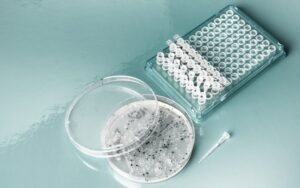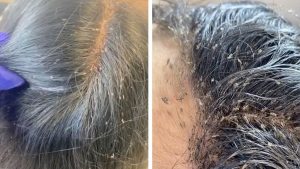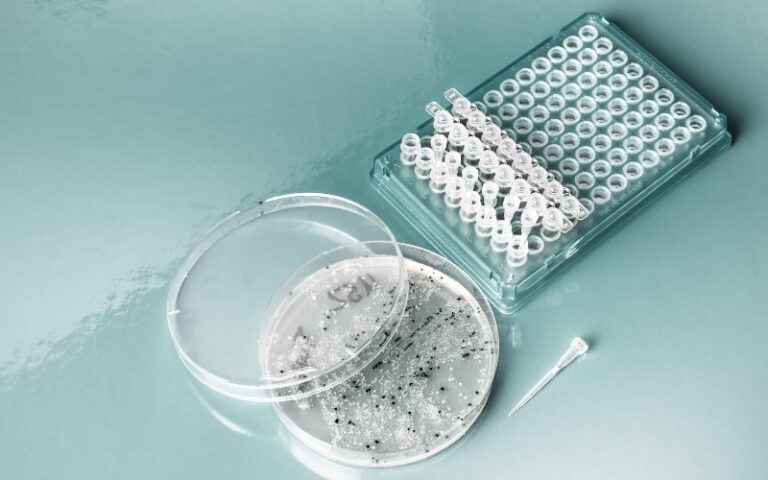You have probably heard that acids are good for your skin as well as you may acknowledge phrases such as BHA, AHA, and PHA. But what do these acronyms imply, as well as what effects do these acids have on the skin? And, maybe most notably, which acid fits your skin?
If you want your skincare to be taken seriously, please contact the metropolitan skin clinic.
Typical to the various kinds of acid is that they scrub the skin, i.e., they assist to loosen up the external layer of old skin cells. The outcome is a smoother surface of the skin that is having a healthier appearance.
- BHA ACID
Beta Hydroxy Acids, or BHAs, are acids mostly composed of salicylic acid in skin treatment. This acid, which we find in the medicine acetylsalicylic acid, is located normally in the tree white willow, or Salix alba.
- Oily skin: BHA is soluble in fat, as well as is having anti-inflammatory properties, and that makes it exceptional for stopping up pores, inflamed acne, or oily skin. Salicylic acid can go down right into the pores as well as liquefy excess sebum.
- Mature skin: BHA improves cell renewal, which provides fantastic results on creases, fine lines, as well as sun damage.
- AHA ACID
Alpha Hydroxy Acids, or AHAs, are a team of acids that are normally located in, to name a few things, milk, fruit, as well as sugar stick. The AHAs are scrubbing to differing levels, with glycolic acid being the most powerful in the group.
- Fully grown skin: AHAs assist enhance the skin’s cell revival, which aids to smooth the scars as well as wrinkles and out coloring.
- Dry skins: Lactic acid matches dry skin best as it binds well with wetness in the skin.
- Delicate skin: This group additionally includes mandelic acid, which is optimal for a somewhat extra sensitive skin type or acne-prone skin due to its anti-inflammatory effect.
- PHA ACID
Poly Hydroxy Acids, or PHAs, have bigger particles than the AHAs, which suggests that they pass through more gradually into the skin, and thus, do not scrub as highly as AHAs as well BHA. PHAs also bind wetness to the skin as well as works as anti-oxidants. Instances of PHAs in skin treatment are gluconolactone as well as lactobionic acid.
- Delicate and dry skin: These light acids are excellent for all kinds of sensitivity, as well as dry skin problems, such as dermatitis or rosacea.
- Mature skin: Their antioxidant advantages will aid to shield the skin’s collagen against deterioration.
CAN VARIOUS ACIDS BE COMBINED AND APPLIED?
Normally of course, yet you need to speak with a skin doctor prior to making sure that you obtain the right combination for your skin kind. The products must not encounter each other in pH or end up being too strong for your skin.




















